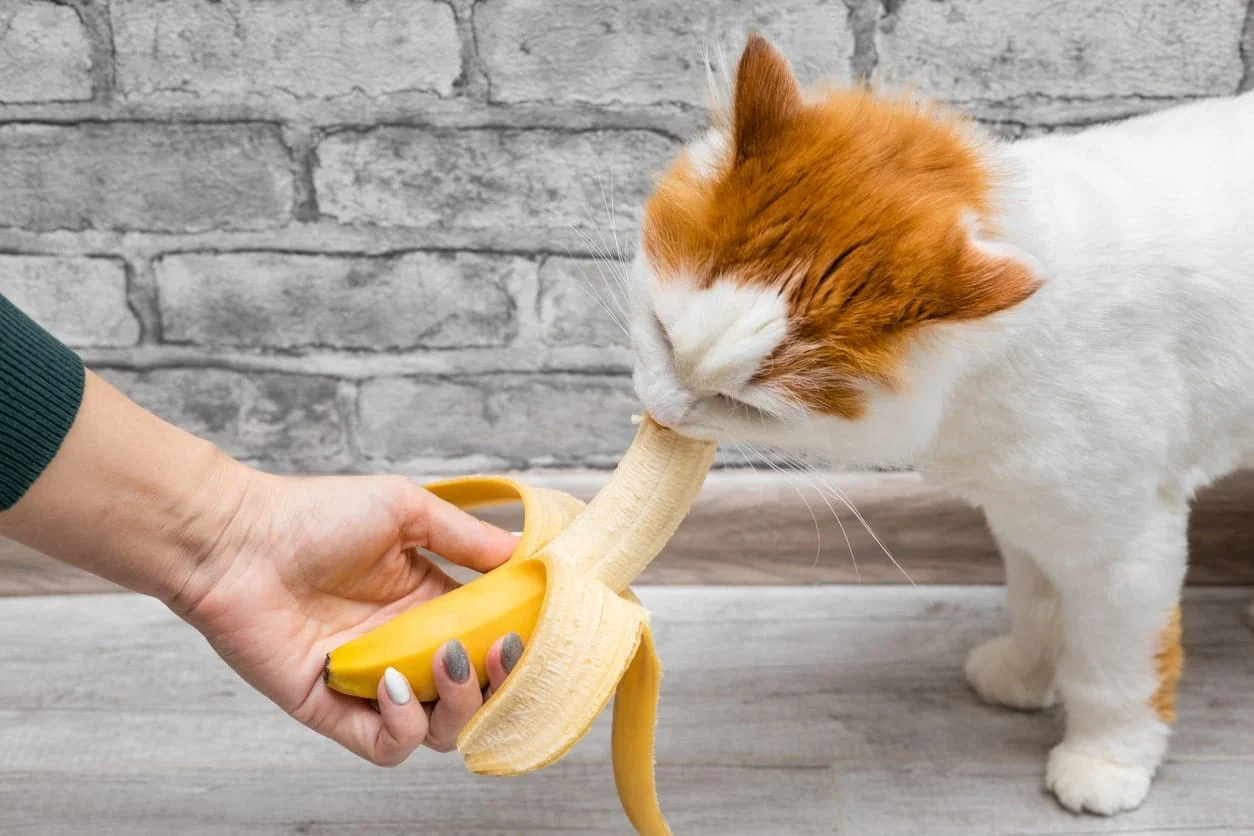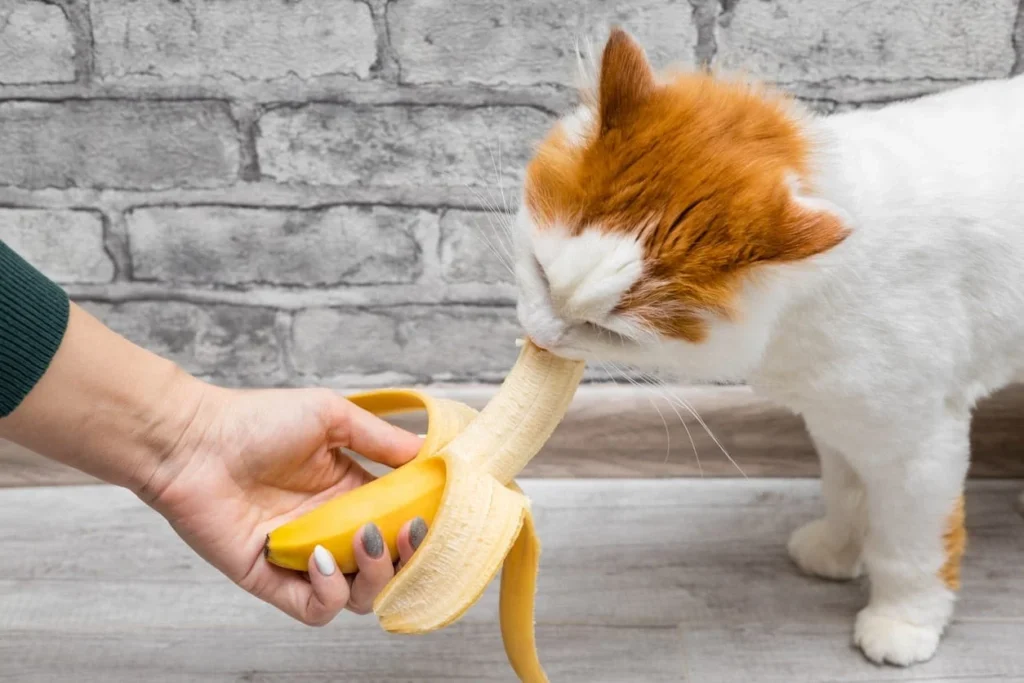
Can Cats Eat Bananas? Exploring Feline Nutrition
Overview of Cat Diet Can – Cat Eat Banana?
Understanding what constitutes a cat’s diet is crucial for any pet owner. Cats are obligate carnivores, meaning their nutritional needs are primarily met through meat-based foods. Unlike humans and many other animals, cats require specific nutrients like taurine, which is found in animal tissues. This vital amino acid supports heart function, vision, and other critical bodily functions.
A well-balanced diet for a cat should ideally include:
- High-quality protein: The foundation of their meals should consist of protein sources such as chicken, turkey, and fish.
- Necessary fats: Healthy fats support skin, coat, and overall health.
- Limited carbohydrates: While some carbohydrates can be included, they should be minimal since cats don’t metabolize them as efficiently as protein.
- Essential vitamins and minerals: Nutrients are required for various bodily functions and overall health.
A diet consisting of commercial cat food, whether dry or wet, is often formulated to meet these requirements. However, feeding practices may vary depending on the individual needs of a cat, their age, and health conditions. So, when considering whether to give your feline a treat like a banana, it’s essential to factor in their primary dietary needs.
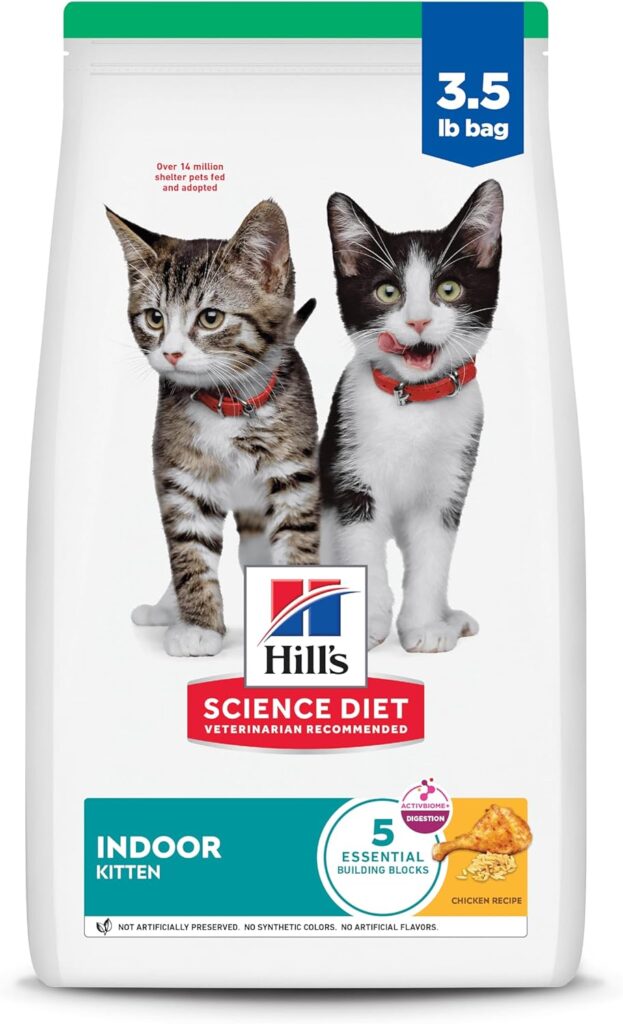
Intriguing Query: Cats and Bananas
This brings us to a frequent, curious question among cat owners: Can cats eat bananas? While this intriguing query may provoke skepticism, it’s worth exploring.
Many cat owners might have noticed their feline showing interest in fruits like bananas while prepping breakfast. Though it’s common knowledge that many fruits can be harmful to animals, bananas are generally considered safe in moderation. But how did this bulbous fruit become a point of discussion for our four-legged friends?
Here are a few things to consider:
- Curiosity Killed the Cat: Cats are naturally curious creatures, and they often want to investigate anything that resembles their owner’s food. This curiosity might lead them to sniff or nibble on a banana, prompting owners to question its edibility.
- Social Media Buzz: With the rise of social media, videos and posts featuring cats munching on bananas have circulated, raising awareness and questions about cats and fruits.
- Compatibility with Cat Digestion: While cats do have a unique digestive system that is equipped primarily for processing protein, they possess the ability to eat and digest small amounts of certain fruits, including bananas.
It’s essential for owners to know that while bananas may not offer any nutritional necessity for cats, a small bite can be an occasional treat. However, reliance on fruits should never replace the essentials of a cat’s diet.
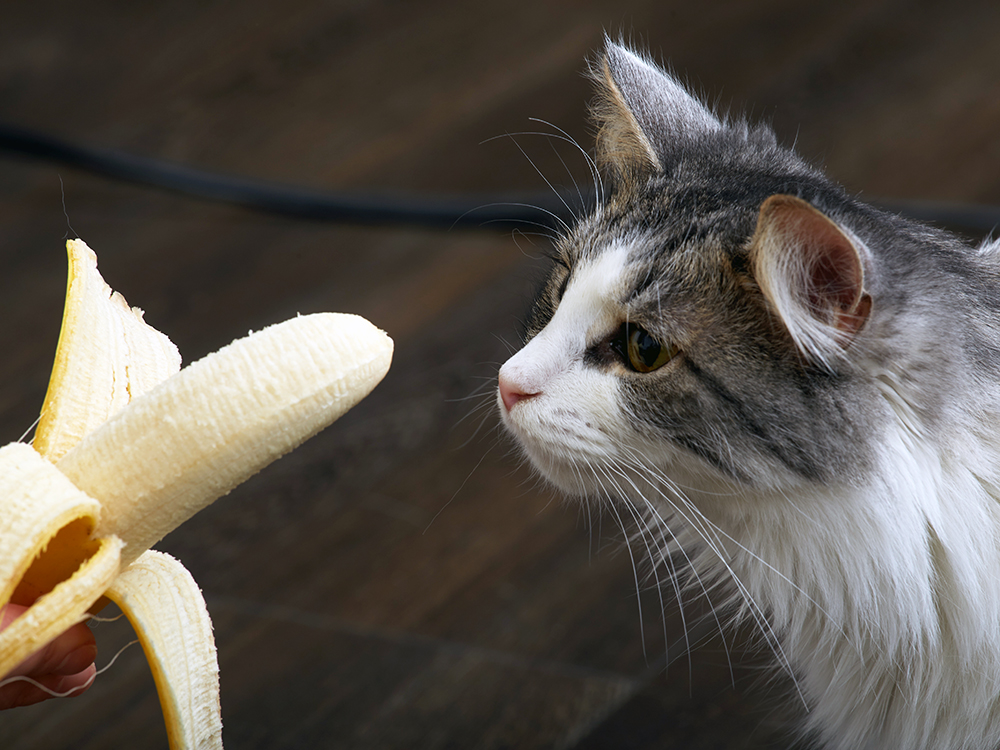
Nutritional Value – Can Cat Eat Banana?
Risks and Precautions
Components of Bananas
Now that we’ve established that cats can indeed have a small taste of bananas, it’s essential to understand what exactly makes up this nutritious fruit. Bananas are packed with a range of essential components that can be intriguing, even if cats don’t derive their primary nutrition from fruits.
Key components of bananas include:
- Carbohydrates: Bananas are rich in carbs, primarily in the form of natural sugars and dietary fiber, which can contribute to energy levels. However, cats generally have lower carbohydrate needs compared to humans.
- Potassium: This mineral is vital for bodily functions, including regulating fluid balance and muscle contractions. While cats typically get their potassium from a meat-based diet, the small amounts found in bananas can be a bonus.
- Vitamin B6: This vitamin helps in amino acid metabolism and red blood cell production, both essential in maintaining overall health.
- Vitamin C: While cats can synthesize vitamin C in their bodies, the small amount found in bananas can also contribute to their overall well-being.
While these components are valuable for feline health, it’s crucial to remember that cats are primarily carnivores, and bananas should only serve as an occasional treat rather than a dietary staple.
Potential Benefits to Feline Health
As a cat owner, you may wonder what potential benefits a small taste of banana can yield for your furry friend. While fruit is not a natural part of a cat’s diet, introducing bananas in moderation can still provide some perks.
- Digestive Health: Bananas contain dietary fiber, which may help improve digestion in some cats. Just be cautious, as too much fiber can upset their stomachs.
- Hydration: Bananas have a high water content, which can aid in hydration, especially if your cat is less interested in drinking water.
- Alternative Treat: Cats can be picky eaters. Finding new and healthy treats can sometimes be a challenge. A small piece of banana can serve as an interesting option for those adventurous kitties.
- Source of Energy: The natural sugars in bananas might provide a quick energy boost for cats that are active and playful, making them a fun treat during playtime.
- Bonding Experience: Sharing a bite of a banana with your cat can foster a bonding moment. It can be enjoyable to see your cat trying something new and to engage with them during treat time.
However, always observe your cat’s reaction. Some cats may be indifferent, while others might take a liking to the sweet fruit. As always, moderation is key; a little banana can go a long way in keeping your furry companion happy and healthy!
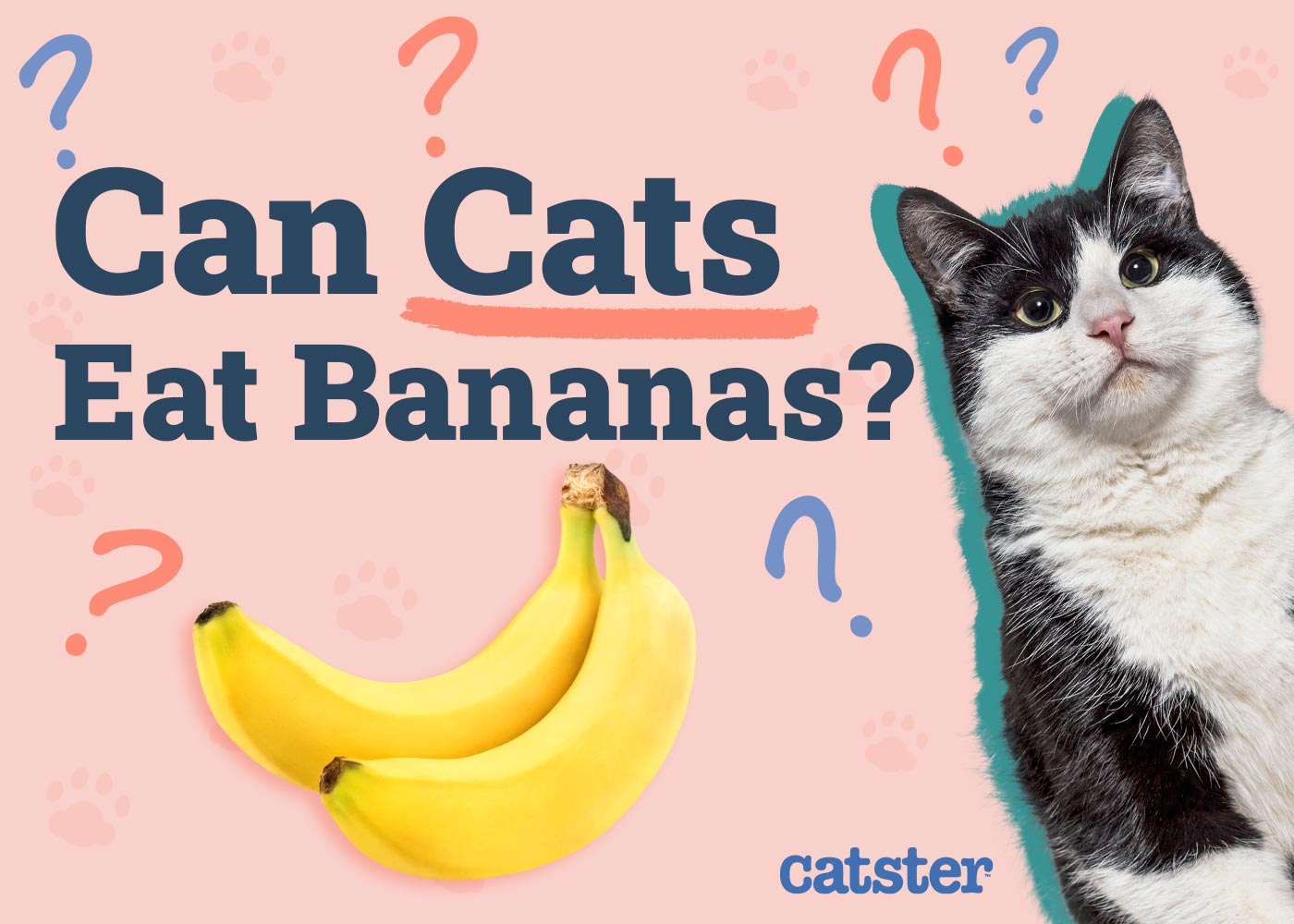
Can Cat Eat Banana Risks and Precautions
Digestive Issues (can cat eat banana)
While bananas can offer some health benefits to cats, pet owners must also recognize the potential risks associated with introducing this fruit into their furry friend’s diet. One of the most significant concerns is the possibility of digestive issues.
Cats have a unique and sensitive digestive system primarily designed to process meat. When introduced to new foods such as bananas, some cats may experience:
- Upset Stomach: As obligate carnivores, cats may struggle with foods that are high in carbohydrates, including bananas. This can lead to symptoms like vomiting or diarrhea.
- Gas and Bloating: If a cat consumes too much banana, they may experience gas, which can be uncomfortable for them.
To minimize these risks, owners should approach banana feeding with caution:
- Start Small: If you’re curious about giving your cat a taste of banana, begin with a tiny piece. Monitor their reaction closely for any signs of distress.
- Observe Behavior: After introducing bananas, keep an eye on your cat’s behavior for a few hours. If everything goes well, you might integrate a few more bites in the future, but always maintain moderation.
- Mind Their Age and Health: Kittens and elderly cats might be more prone to digestive complications; therefore, introducing fruits should be done judiciously.
By keeping these considerations in mind, pet owners can help ensure that their furry friends don’t experience any adverse digestive issues from indulging in the occasional banana treat.
Allergic Reactions
Another risk to consider when feeding bananas to cats is the potential for allergic reactions. Just like humans, some cats can be sensitive or even allergic to certain foods, including fruits.
Signs that your cat may be experiencing an allergic reaction to bananas can include:
- Itchy Skin or Rashes: If your cat suddenly develops itchy spots or rashes after trying banana, this may be a red flag.
- Swelling: Look out for any noticeable swelling around their face, paws, or other parts of their body.
- Digestive Upset: Alongside digestive issues mentioned previously, allergies can also manifest through diarrhea or vomiting, indicating that your cat’s body is rejecting the food.
To ensure your cat’s safety, always take these precautions:
- Consult Your Vet: Before introducing any new food into your cat’s diet, including bananas, it’s wise to consult with a veterinarian, especially if your cat has a history of food sensitivities or allergies.
- Track Introductions: Keep a detailed record of any new foods introduced, along with your cat’s reactions. This will help you identify any potential allergens more easily.
- Stay Informed: Awareness of common food allergens for cats is essential. If your cat has a history of food allergies, consider sticking with well-known and safe treats.
In conclusion, while bananas can be a fun and safe treat for many cats in moderation, pet owners must remain vigilant about potential digestive issues and allergic reactions. Taking these risks seriously can help keep your feline friend healthy and thriving.
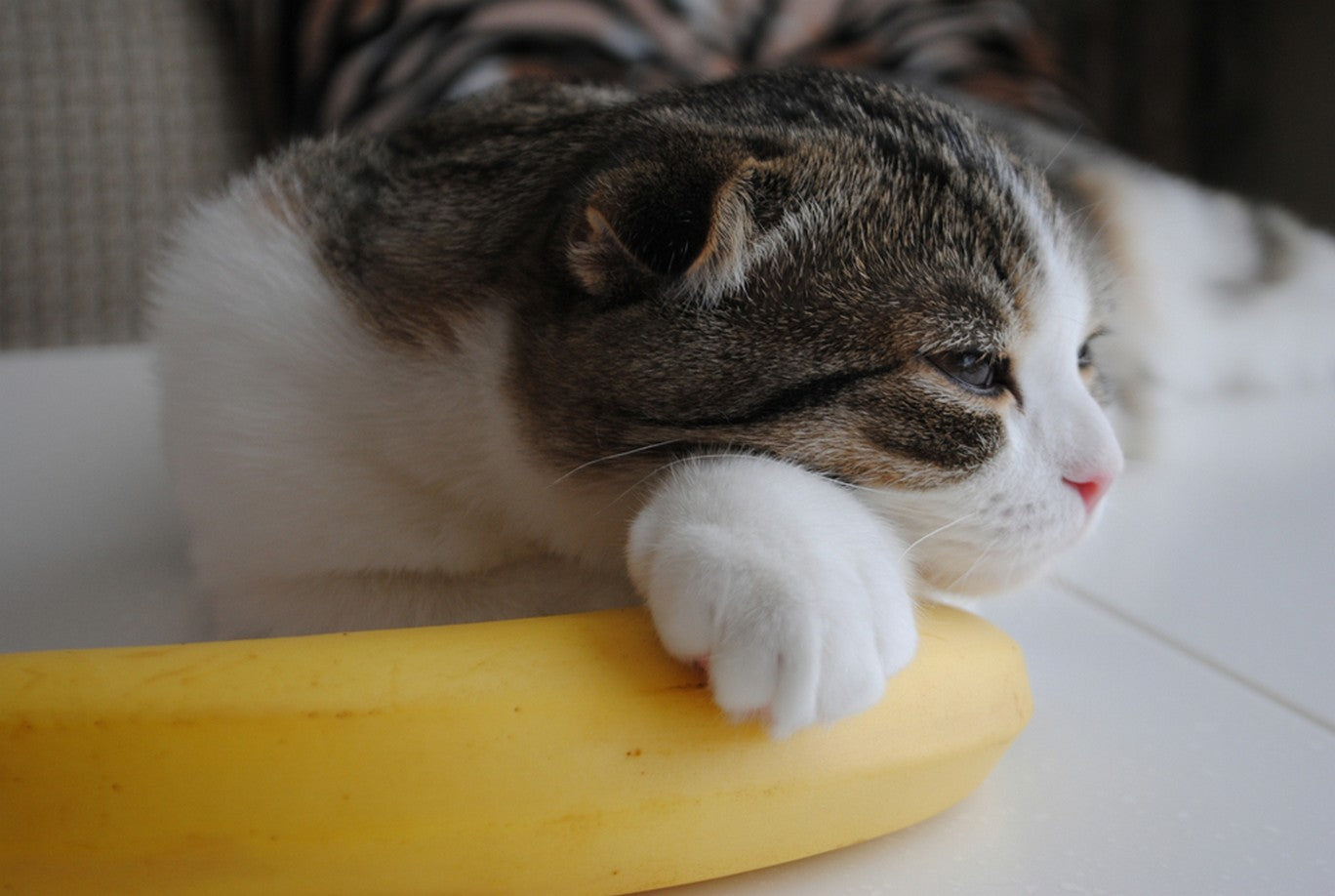
Feeding Recommendations and Moderation
Portion Control (can cat eat banana)
When it comes to treating our beloved cats, moderation is key. While the idea of sharing a bite of banana with your feline friend can be enticing, it’s crucial to maintain portion control to avoid unnecessary health risks.
Given that bananas contain more sugar and carbohydrates than what cats typically require, sticking to a controlled portion is essential. Here are some practical tips for portion control when introducing bananas:
- Start with a Small Slice: A piece about the size of a thumbnail is a great starting point. This small serving size allows you to gauge your cat’s reaction without overwhelming their digestive system.
- Limit Frequency: Consider bananas as an occasional treat rather than a regular part of their diet. Perhaps once a week or a few times a month, depending on how your cat responds.
- Monitor Overall Diet: If you’re giving your cat a slice of banana, be conscious of other treats or foods they’re consuming that day. The total amount of calories and carbs should align with their dietary needs.
One pet owner shared her experience of introducing bananas to her cat, Tigger. “At first, I only offered him a tiny slice as a reward for using his litter box. I watched carefully, and after a few weeks, he’d come running for that small banana piece every time! It became our special bonding moment without turning into a daily habit.”
Incorporating Bananas Safely
Integrating bananas into your cat’s diet should always be done with safety in mind. Here are some steps to ensure that you’re introducing this treat appropriately:
- Choose Ripe Bananas: Always select ripe bananas, as unripe ones might be harder for your cat to digest. Soft, yellow bananas are not only sweeter but also less starchy.
- Preparation Matters: Before offering a piece to your cat, peel the banana and slice it into small, bite-sized pieces. This makes it easier for your cat to nibble on and decreases choking hazards.
- Watch for Signs of Enjoyment or Distress: As you introduce bananas, observe your cat’s reaction. If they eagerly nibble, it’s a good sign. However, withdrawal, disinterest, or digestive upset indicates that bananas might not agree with them.
- Use in Training: If your cat responds well to bananas, consider using them as a training reward during playtime. This can make the banana experience a positive association for your cat.
- Consider Mixing with Regular Food: Some owners like to mash a tiny amount of banana and mix it into wet cat food, offering flavor variation while controlling the portion.
In summary, while bananas can be a delightful treat for cats, it’s essential to implement portion control and safe incorporation practices. Keeping these guidelines in mind will help ensure that banana treats remain a healthy and enjoyable experience for your feline friend, enhancing their diet rather than complicating it.

Alternatives to Bananas for Cats
Cat-Friendly Fruits (can cat eat banana)
While bananas can be an occasional treat for cats, they are not the only fruit available for your furry friend to enjoy! Many fruits are safer and offer various nutritional benefits without posing the same risks as bananas. If you’re considering adding some fruity variety to your cat’s diet, here are some cat-friendly options:
- Blueberries: These tiny treats are low in calories and high in antioxidants, which can support overall health. Many cats enjoy the chewy texture of blueberries, making them a fun and healthy snack.
- Strawberries: Sliced strawberries make for a refreshing treat. They provide essential vitamins and are rich in fiber. Just be sure to remove the leaves and stems before offering them to your cat.
- Cantaloupe: This melon is safe for cats and often favored by many felines! Its sweet taste and high water content can help hydrate your pet, especially during warmer months.
- Pumpkin: While not a fruit in the traditional sense, plain canned pumpkin (without additives) is nutritious and great for aiding digestion. Many cats enjoy its texture, and it can help regulate their digestive systems.
- Watermelon: Similar to cantaloupe, fresh, seedless watermelon can be a refreshing summer snack. The hydration it provides makes it an excellent choice on hot days.
One cat owner recalls, “I discovered that my cat loved blueberries when I was snacking one day. I popped a few in front of her, and she went wild! Now it’s a staple treat in our house.”
Always ensure to introduce any new fruit gradually and observe for any adverse reactions.
Balanced Diet Suggestions
Alongside fruits, it’s vital to prioritize a balanced diet for your cat. Since they are obligate carnivores, their primary food source should come from high-quality protein. Here’s how you can ensure a balanced diet while considering tasty alternatives:
- High-Quality Protein Sources: Look for cat food that lists meat as the first ingredient. Chicken, turkey, or fish should be the foundation of any cat’s diet.
- Commercial Cat Food: Select a high-quality commercial cat food that meets AAFCO (Association of American Feed Control Officials) standards. These foods are formulated to provide the complete nutrition cats need.
- Minimal Grains: Since cats have a limited ability to digest grains, aim for pet foods with minimal carbohydrate content. If choosing any treats, ensure they complement their primary protein-based diet without overwhelming it.
- Occasional Vegetables: Some vegetables like cooked carrots or peas can be offered occasionally and may provide some nutrients as well as variety.
- Consult Your Veterinarian: Always consult with your veterinarian regarding dietary choices to ensure that they align with your cat’s age, weight, and health conditions.
In conclusion, while bananas can be a fun option for cats, there are plenty of other fruits and foods that can safely enhance your cat’s diet. By leaning towards cat-friendly alternatives and focusing on a balanced diet, you can keep your feline friend happy and healthy. Happy feeding!

